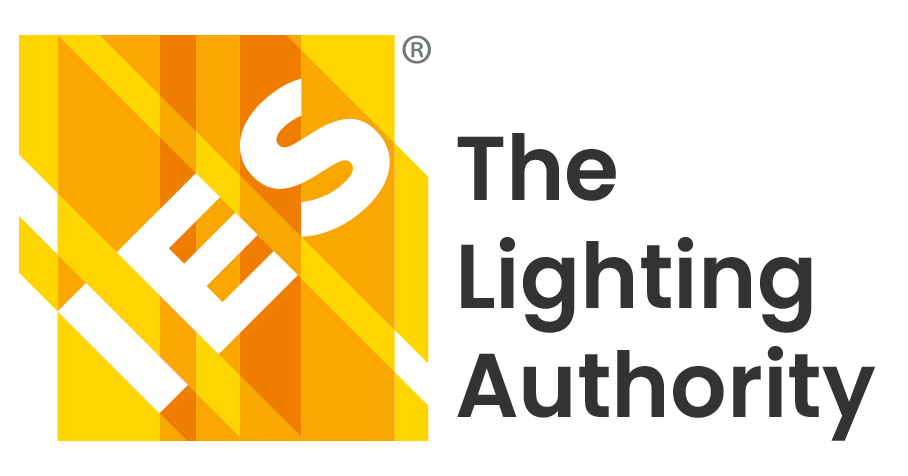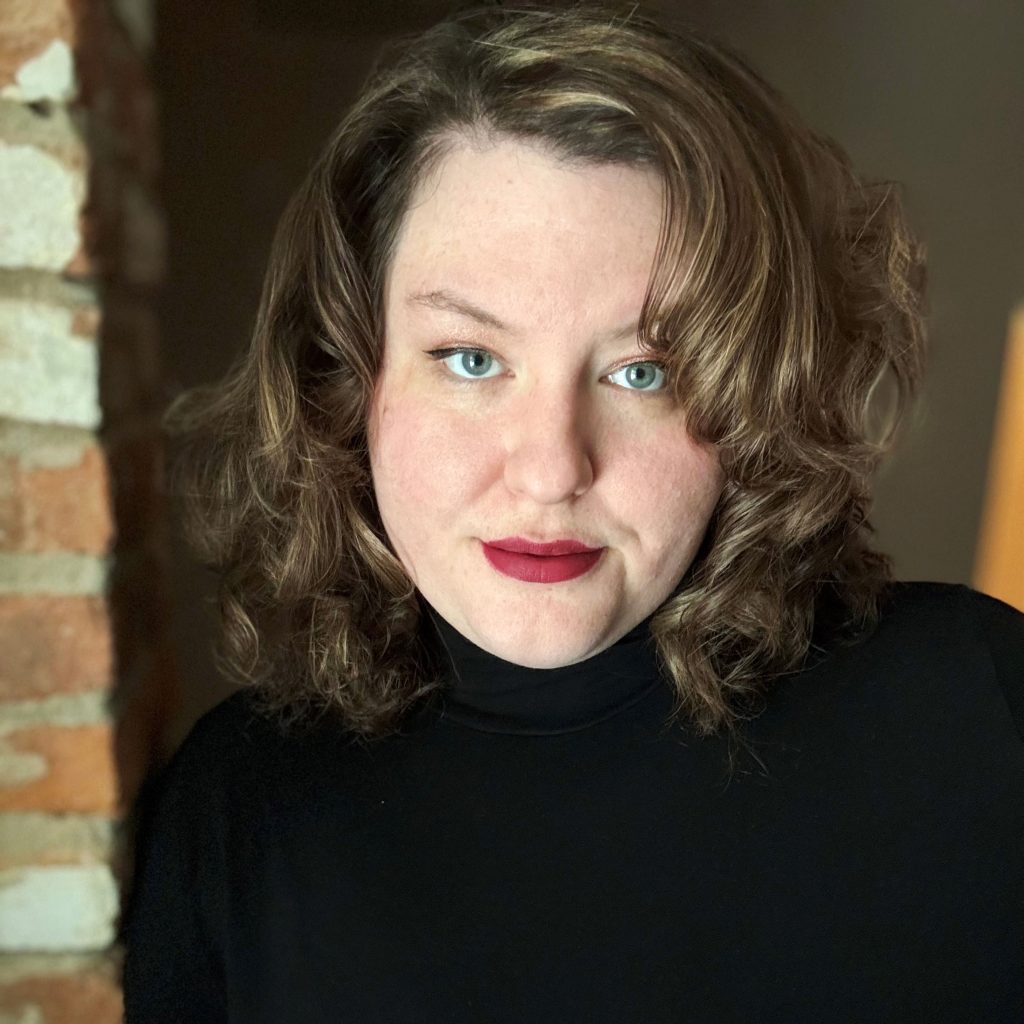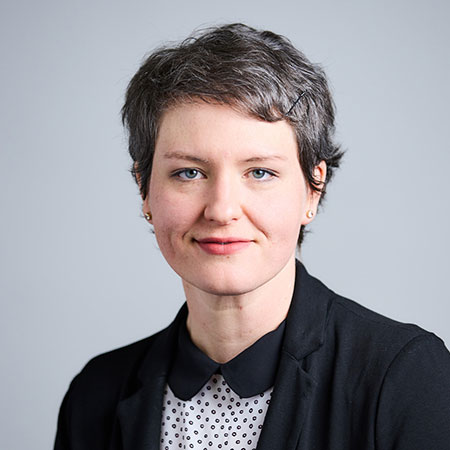Stretching our Limits How much square footage do we need to tell a story?
By Brienne Musselman
A full cycle of educational events has now finished, since we’ve been able to get back to the instinct of gathering. LightFair, IES Annual Conference, IES Street and Area Lighting Conference, IALD Enlighten Americas and LEDucation in the rear-view leave me with some lingering curiosity about the role of physical space in education. Our maturing single-source market shifts the way innovation is explained, and competitive analysis occurs into more complex details about environmental considerations such as light and health, life-cycle concerns, material transparency and more. As a result, the role of trade shows has already, and will continue to, change. But is the trend to go smaller, better?
Product shows, whether it’s a local sales rep agency show, an IES product showcase, regional shows, LightFair, or Light + Building, all have one obvious factor in common: products. What they also have is square footage to tell a story—one that hopefully those in attendance can understand, retain, and repeat to others after a matter of moments. Hopefully you’ve found stories in your career that were so compelling it’s difficult to peel yourself away and move on. Maybe it’s about a specific luminaire; maybe it’s a debate about control protocols; perhaps you just have to know whether the RAL color options include your love of Pantone’s color of the year—whatever it is, you’re there because you want more. More brainstorming, problemsolving and stimulation. To me, as the scale of square footage varies, so does the educational opportunity.
There are three learning domains; they represent our thoughts, emotions and actions:
- Cognitive (topical, body of knowledge)
- Affective (attitudes and beliefs toward a subject)
- Behavioral (a.k.a. psychomotor, application)
The formative conversations you’ve had with lighting colleagues can be filtered into these domains if you learned something new about them, yourself or a product. Perhaps a manufacturer’s trip changed your attitude toward a luminaire or company; maybe a sales call taught you something about the product you represent; maybe you listened to a lecture that changed your way of thinking about lighting entirely—regardless, where you were and who was speaking, stays with you. Beyond the what and why of learning new things, there are commonly acknowledged learning styles that influence what we retain. While this list expands and contracts depending on who you ask, generally these three categories are accepted:
- Visual (articles, pictures, PowerPoint)
- Auditory (conversations, videos, lectures)
- Kinesthetic (experimentation, drawing concept maps, note taking)
Which of the three suits you? Do you know? Look back at things you’ve learned along the way. Why were you so attached to the information? How was it presented?
If you read my last article about Light + Building, it shouldn’t surprise you that I’m a visual learner, at least at first. I pay very close attention to words, colors, atmosphere, body language and more to gather information at a live event. When considering our last cycle of educational events though, what I remember most I gathered by a combination of auditory and visual learning. Back when I was in lightin design, the most successful learning experiences I had impacted all three learning styles as well as all three learning domains. For example, if I was immersed in a new dialogue about a new product that I could hold and move around—I learned the most.
As we find digital tools to enhance our lives, I often ponder who (or what) should be doing the teaching in some variation of the following examples:
- What if a luminaire could teach you? Maybe its QR code tells you more than just what it is but how to install it.
- What if lighting control systems could learn you, and not the other way around?
- What if trade shows were held in the metaverse or a VR setting that allowed you to talk with manufacturers, and “see” products without the carbon footprint and overhead cost of travel?
- What if you could walk around a 3D model of a space while talking about lighting solutions collaboratively, in real time?
On this last point, I recently observed a promising real-time rendering pixel-map option for DMX in which a physical mock-up and an AR model both updated in real time as lighting adjustments were made—increasing the ability to communicate efficiently about ever-elusive dynamic lighting terms: flicker, sparkle, glisten, dance, flash, blink, twinkle. It’s not uncommon for someone’s blink to be another’s flicker—and yet we rely on these terms to communicate the possibility of light. The downfall of this compelling pixel-map story? It was displayed at an 8-ft table at a loud and packed trade show.
Since, for now, we rely on each other to teach, and footprints for education seem to be ever decreasing (i.e. trade-show trends, the closing of many manufacturer’s educational facilities), are we considering the impact of reducing information? As technology convergences push illumination into unlikely events, and encourage the IES to open our events to some unlikely partners, will we bounce back to needing to tell a fuller, more thorough story?
Like replacing a book with CliffsNotes, or a TED Talk with TikTok, perhaps reducing the footprint of trade-show booths and education facilities—and consequently the time and space we have to learn from each other—reduces the opportunity to apply the styles of learning in an effective way for our diverse industry. As we head into a phase of competitiveness that is subtler than LPW and CRI—and we have to tell a more complex story about light in sustainability, health, etc.—will we have enough space to do so? And if we don’t, will retention suffer? Time will tell.


